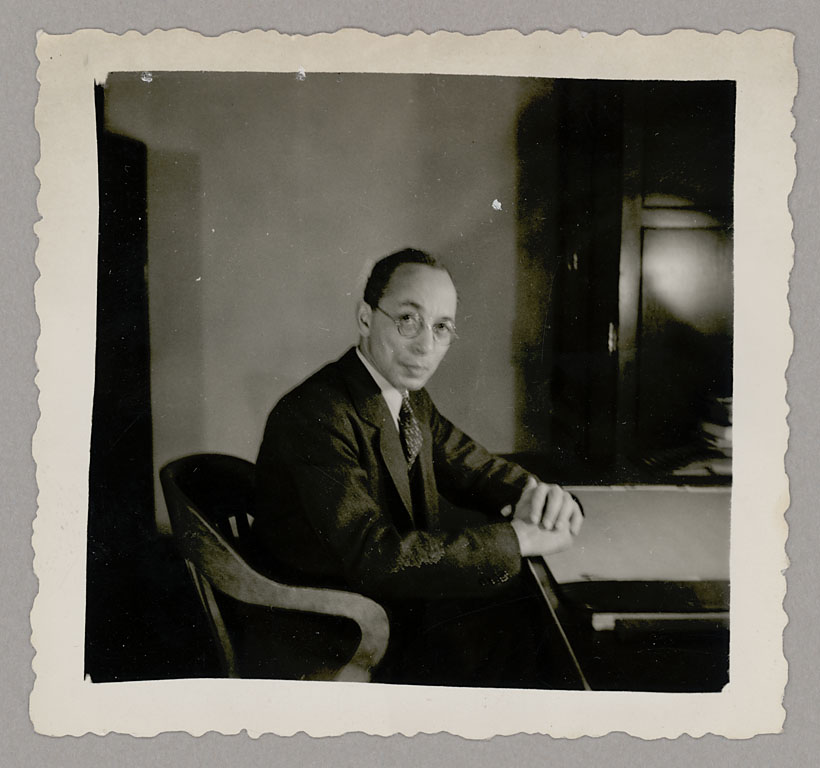Five Months (Part II)
art, books, business and economy, comics and animation, cycling, event, everyday glory, family and friends, food for thought, football, geekery, health, history, politics and law, science and technology, space, style and fashion February 8th, 2012Wednesday – 08 February 2010
Vanessa turned 5-months-old today:
Last night, the girls took another foray into “New Food Adventures” with sweet potatoes. Their primary reflex is still to somewhat spit out whatever they’re fed, if it’s not in a bottle. This can be mitigated by simply re-spooning the food back in. After trying rice cereal last week, we were curious to see how they’d respond to a new food. We got our answer: They seemed to like it. It was a messy – but successful – test.
As the night wore on, I finally decided to bring my bike in and set up the bike trainer that SaraRules! got me for Christmas. I got everything assembled and decided to try it out. It was a bit noisier than I expected, which may prevent me from using it after the girls go to bed at night… unless I move it into the unfinished part of the basement.
Chew on This: Food for Thought – Black History Month
Today’s person of note is: Elmer Samuel Imes, the second African-American to earn a Ph. D. in Physics and among the first African American scientists to make important contributions to Modern physics.
Elmer Samuel Imes (October 12, 1883 – September 11, 1941) was born in Memphis, Tennessee, attended grammar school in Oberlin, Ohio and completed his high school education at the Agricultural and Mechanical High School in Norman, Alabama. Imes graduated from Fisk University in 1903 with a degree in science.
Upon graduating from Fisk, Imes taught mathematics and physics at Georgia Normal and Agricultural Institute in Albany, Georgia (presently Albany State University) and the Emerson Institute in Mobile, Alabama. Imes returned to Fisk in 1913 as an instructor of science and mathematics. During his tenure there, Imes earned a Master’s degree in science from Fisk University.
In 1918, Imes earned a Ph. D. in Physics at the University of Michigan where he studied under Harrison McAllister Randall becoming the second African American to receive a Ph. D. in Physics since Edward Bouchet, did so from Yale University in 1876. Imes’ research and doctoral thesis led to the publication of Measurements on the Near-Infrared Absorption of Some Diamotic Gases in November 1919 in the Astrophysical Journal. This work was followed by a paper co-authored and presented jointly with Dr. Randall: The Fine Structure of the Near Infra-Red Absorption Bands of HCI,HBr, and HF at the American Physical Society and published in the Physical Review in 1920. His work demonstrated for the first time that Quantum Theory could be applied to radiation in all regions of the electromagnetic spectrum, to the rotational energy states of molecules as well as the vibration and electronic levels. His work provided an early verification of Quantum Theory.
Around 1919, Imes became married to Harlem Renaissance writer, Nella Larsen. The couple lived in Harlem becoming part of the Harlem intellectual society which included intellectuals such as Langston Hughes and W.E.B. Du Bois.
During the period Imes spent in the scientific and materials industry, his work resulted in four patents for instruments which were used for measuring magnetic and electric properties.
In 1939, he conducted research in magnetic materials at the Physics Department at New York University and continued as chair of the physics department at Fisk until his death in 1941.
Stray Toasters
- Court Strikes Down Ban on Gay Marriage in California
- 101 Valentine’s Gifts for Every Woman Imaginable
- Thom Zahler, the writer and artist of Love and Capes, is putting out an art book. Check out his Kickstarter page for more information.

- The Miraculous NASA Breakthrough That Could Save Millions of Lives
- In Data Deluge, Multitaskers Go to Multiscreens
Yep. I use two screens at home… and a total of five at work. - The Well-Dressed Rebel
- MasterCard announces product future around EMV
- Sadly, this is what part of our conversation during last Friday night’s Star Trek Tactics game sounded like…

- 79 Things We Can All Agree On
- This is why an octopus is more awesome than your mom
- 8,000 Butterfingers dropped in Boston to jab at Pats’ receivers
- Could the Death Star destroy a planet?
Namaste.
Leave a Reply
You must be logged in to post a comment.


